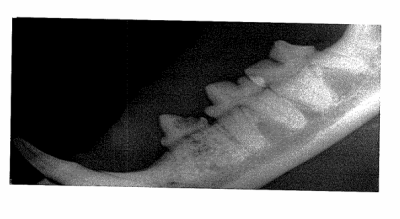Has a veterinarian told you that your beloved cat has a “FORL?” Or maybe you have heard a friend, family member or co-worker mention that their cat has a FORL. Although FORL is much easier to say it stands for a Feline Oral Resorptive Lesion. Dogs can acquire these lesions as well, but not nearly as often as cats. Studies have shown that over 50% of adult cats develop FORLs. The condition has been researched over the years, however, there is no one clear explanation for its cause. It can happen to any cat regardless of age, gender, breed and/or related health concerns.
In a nutshell, the crown of the tooth is the aspect we see above the gumline. The root of the tooth is the aspect the lays below the gumline. There are a lot of problems that can occur with feline teeth both above and below the gumline, other than FORLs. That being said some clues may lead your veterinarian to consider a FORL in your cat’s mouth. Trouble eating, weight loss, drooling and a different odour from the mouth are symptoms noticed at home. A discoloured tooth, localized redness of the gums (gingivitis) that may or may not appear like it is growing onto the tooth, a hole in the tooth, or a missing tooth, may be clinical signs noted on an oral exam. All that being said, a complete oral exam under general anesthesia combined with dental radiographs are of paramount importance to accurately diagnose and treat Feline Oral Resorptive Lesions. Ultimately, the problem can only be observed below the gumline.
The root of the tooth should have a consistent bone density. In the case of a FORL, this bone density is lost as noted in the picture below. The first premolar has a FORL. You can see that the roots of the tooth look like they are disappearing, so to speak.

These can be very painful problems for our furry friends and treatment involves extraction of the affected teeth. How we approach the extraction is different for every tooth and ultimately, depends on how much of the tooth has already resorbed. There are five stages of tooth resorption TR1 – TR5, but in the end, they are all affected. In our experience, once a cat develops a FORL, it is prone to developing more.
Until we know what causes a FORL, we, unfortunately, do not have a way of preventing them; hopefully, further research will change this. For now, looking in your cat’s mouth routinely combined with regular veterinary visits and proper dental exams will help to catch these problems early. Early diagnosis and treatment will ultimately improve the quality of life of our beloved pets and reduce pain.
Written by Dr. Jeremy Mount, DVM